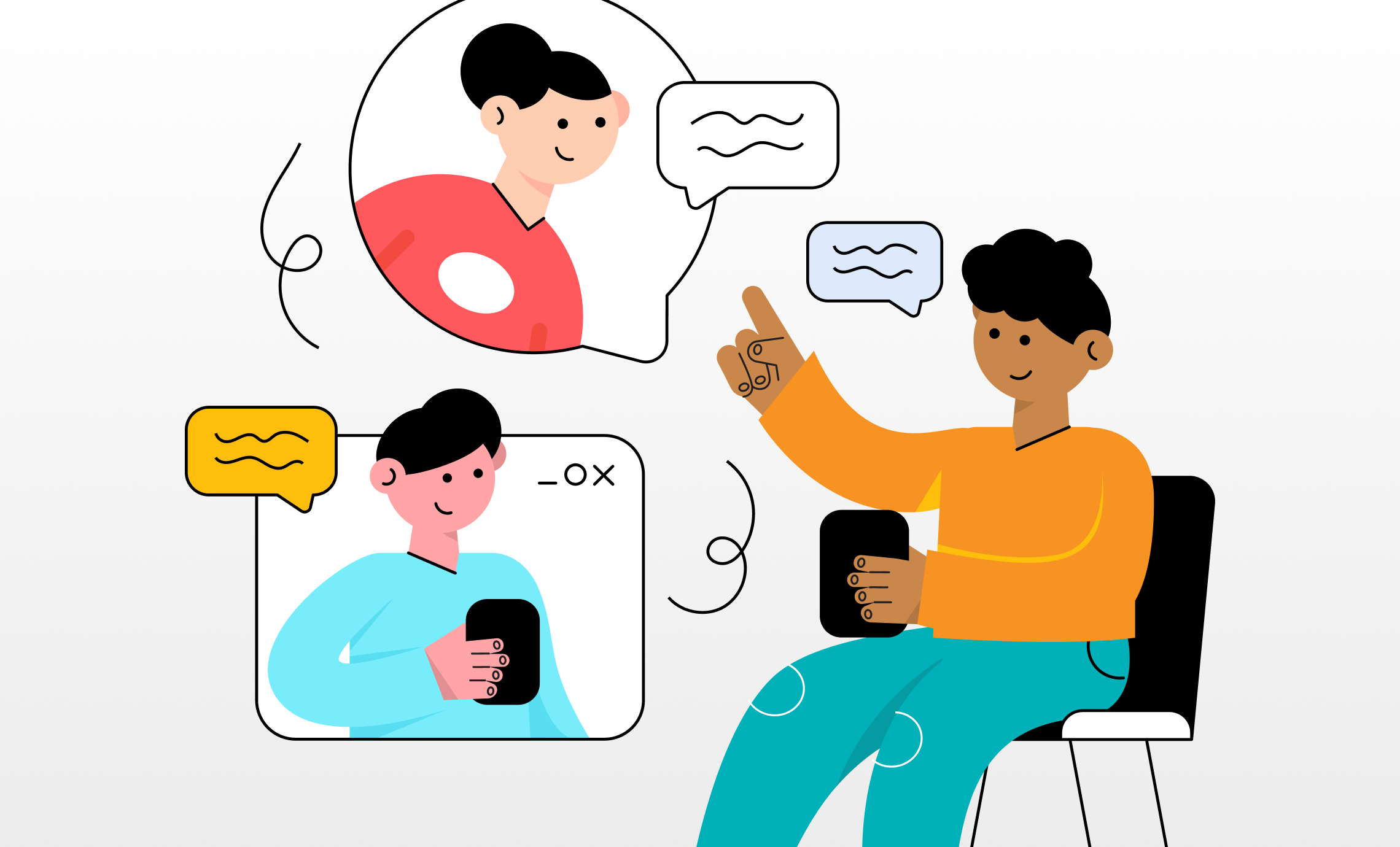What Makes Event Sessions Relevant?
For conference attendees, relevance means leaving the event with skills and knowledge that they wouldn’t have acquired otherwise. Fortunately, now that you have so many ways of communicating with event attendees and organizers, you can actually make this happen with a fair amount of accuracy. Here are a few pathways to explore.
- Analyze feedback from prior events.
If your event is something that recurs every year, or if you’ve hosted similar events for the same audience in the past, use your hands on attendee feedback data. Focus on responses to session content and try to pick out any patterns, whether positive or negative. This will let you see the commonalities and target sessions to more people.
You can also engage your audience by publicizing that you used last year’s feedback to determine this year’s programming. That way, participants will feel an instant connection to the event.
Follow up with repeat attendees.
Compose a message to returning attendees. Link it to a “virtual suggestion box” that lets them submit suggestions for session content and/or format. Then you know without a doubt that you are giving them what they want.
- Crowdsource ideas from the guest list.
Prior attendees aren’t the only ones who can tell you what they need. Assuming you have the capability to message your registrants, you can get good ideas by asking them what they want sessions to feature.
This can be particularly useful for breakout sessions, which are notoriously hit-or-miss. You can make a strong impression if you plan these sessions around what people want to discuss. And if your attendee base would prefer not to have them at all, you can eliminate them from the schedule ahead of time.
- Determine the skill level and development needs of your audience.
Some conferences target all members of a particular organization or professional field, while others have more of a niche focus. Know who will be attending so that you can gear session planning to their skill levels and interests.
Create “tracks” within the event agenda.
Many events feature “tracks” for different skill or interest groups. This strategy categorizes all of the sessions relevant to a particular attendee profile. Any tracks that you create should be easily identifiable and user-friendly to navigate. Coded schedules and searchable workshop descriptions are critical.
Use tracks as marketing tools.
For one conference on enterprise communications in North America, a track system made space for professionals from areas as diverse as AI technologies, communications security, and video collaborations. Organizers used the conference website to describe the key skills and takeaways for each track.
For example, one track description read as follows:
“Learn how business transformation will affect your role as a technology decision-maker, and how to apply this understanding to the management issues you face.”
By targeting this description to the reader’s professional role and taking a problem-solving perspective, the conference organizers made the benefits of attending extremely clear.
- Be specific about the learning objectives.
The best way to determine what your attendees will get out of a session is to be really specific about the purpose. Think in terms of learning objectives, which are skills that are:
-
observable,
-
measurable, and
-
actionable for the participant, all by the end of the session
For example, here are two potential session descriptions:
-
“In this session, participants will learn to build synergistic relationships that will increase sales by 50 percent.”
-
“By the end of this session, participants will have learned and practiced five techniques for closing a sale.”
The first features a specific goal, but it isn’t something that would be evident by the end of the session, nor would it be possible to guarantee. The second, however, meets all three criteria above. Participants can see exactly how it will be relevant to them, and they are more likely to leave able to demonstrate that they have learned something.
-
- Lean toward the interactive.
Thanks to social media culture, today’s conference attendees are accustomed to engaging with everything. A session has to welcome attendees’ participation in order to feel relevant, but the ones that resonate the most are those that involve the audience consistently. Some ideas that have proven successful include:
-
using event apps and other tech to ask audience questions in real-time.
-
polling the audience for their opinion on key issues.
-
including quizzes that gauge attendee learning.
A session that engages the audience directly has a more personal impact. Attendees come away feeling that the presenter respected their opinions, experience, and understanding of their field. At the same time, they get confirmation that the session connects to what they do and what they want to learn.
The Take-Away
Participants want to feel confident that they are making the right decision by choosing your event. Reassure them. Spell it out for them – what skills are they going to walk away with, and what advantage will those skills give them? By creating a sense of resonance in your sessions, you let your event sell itself. Go ahead – get people counting the days to check-in.
-


